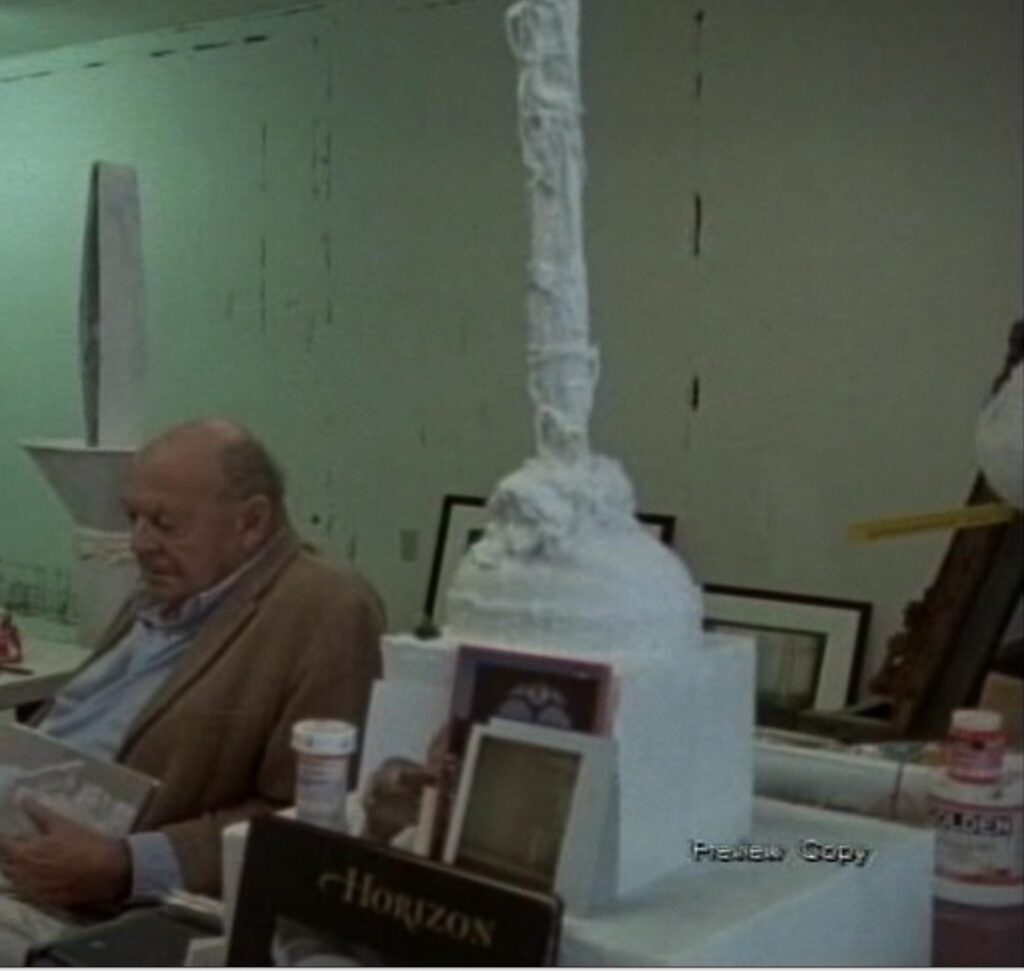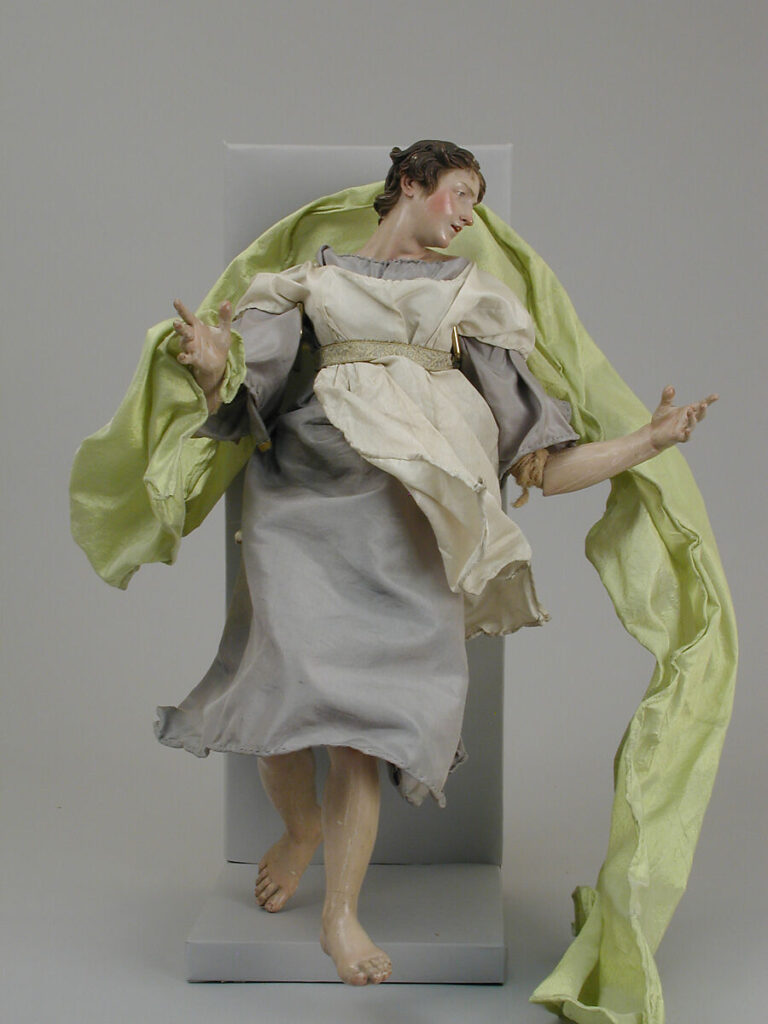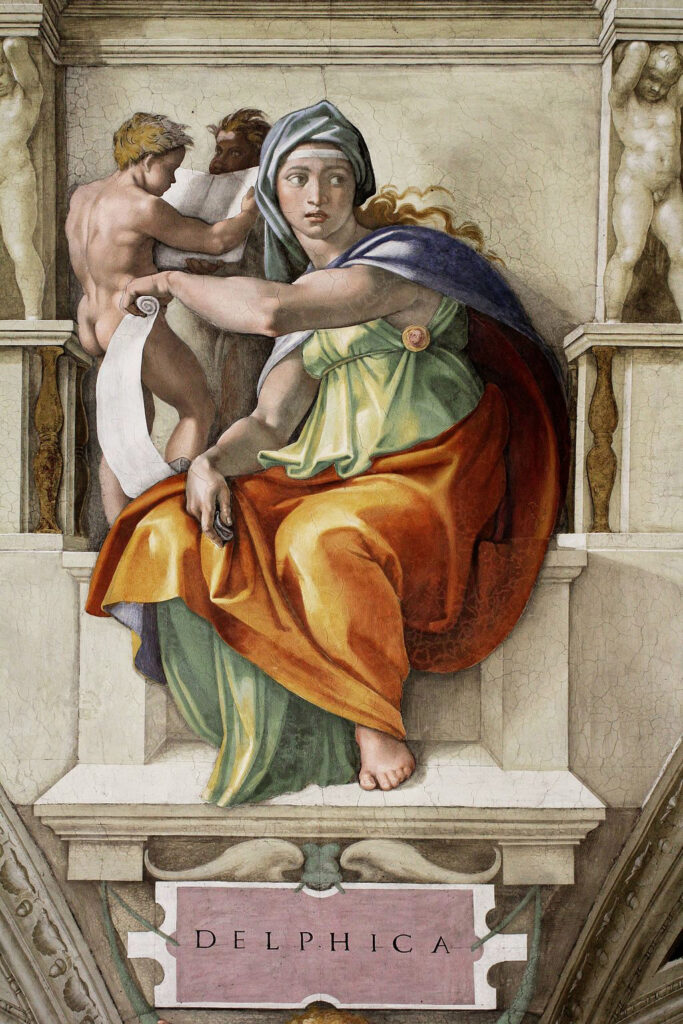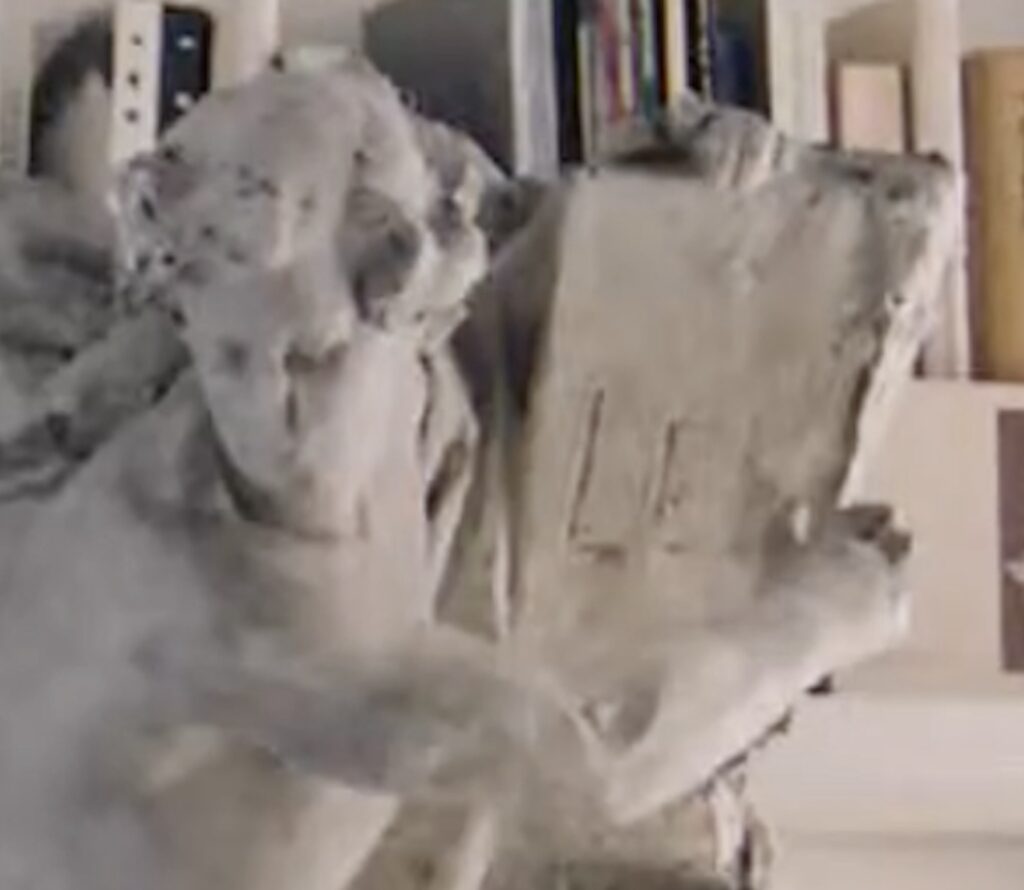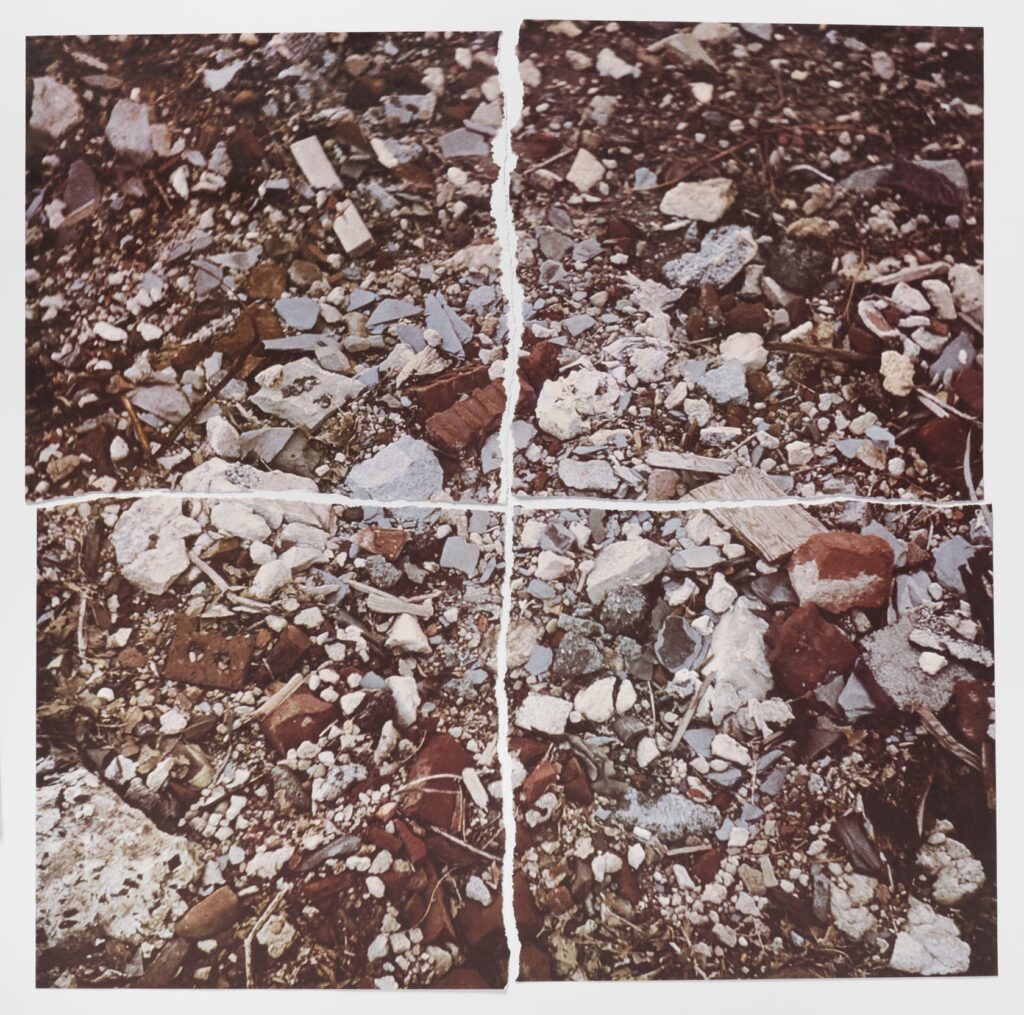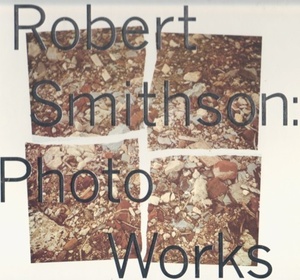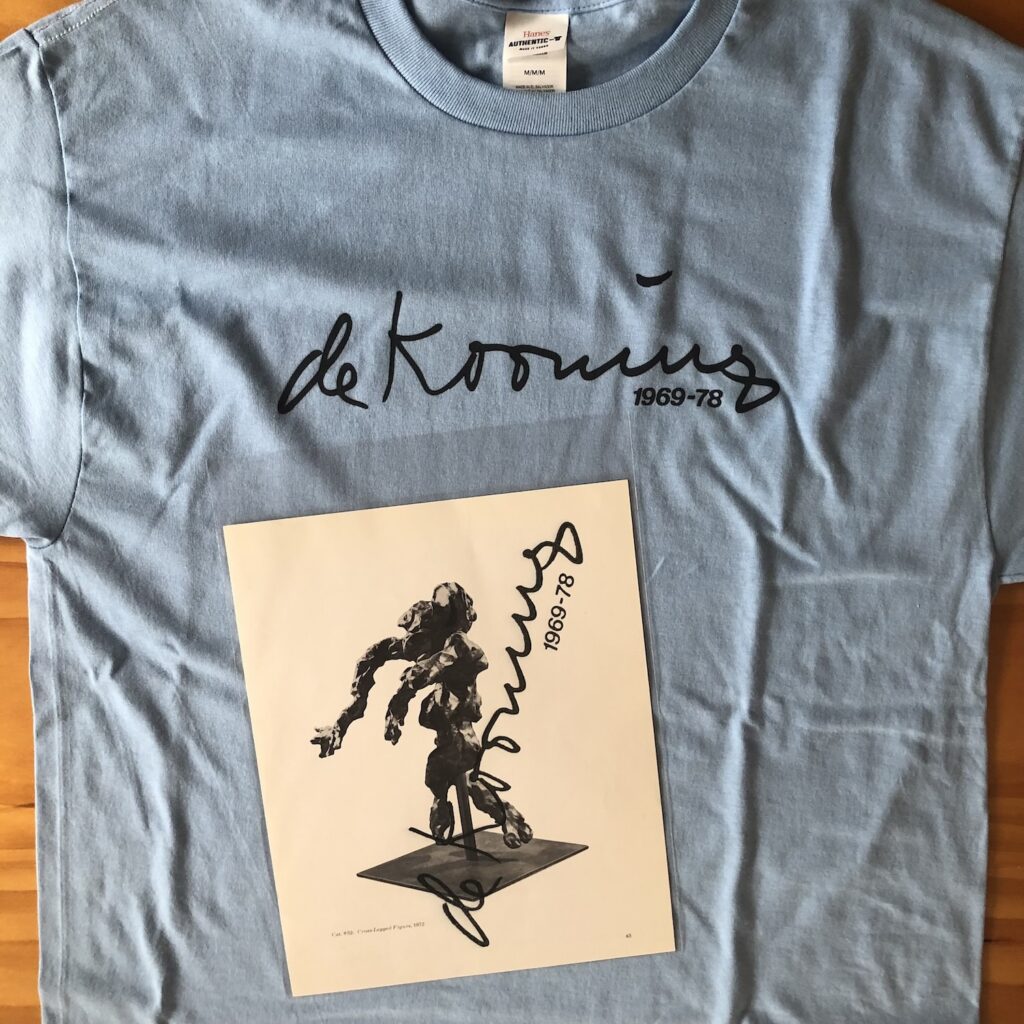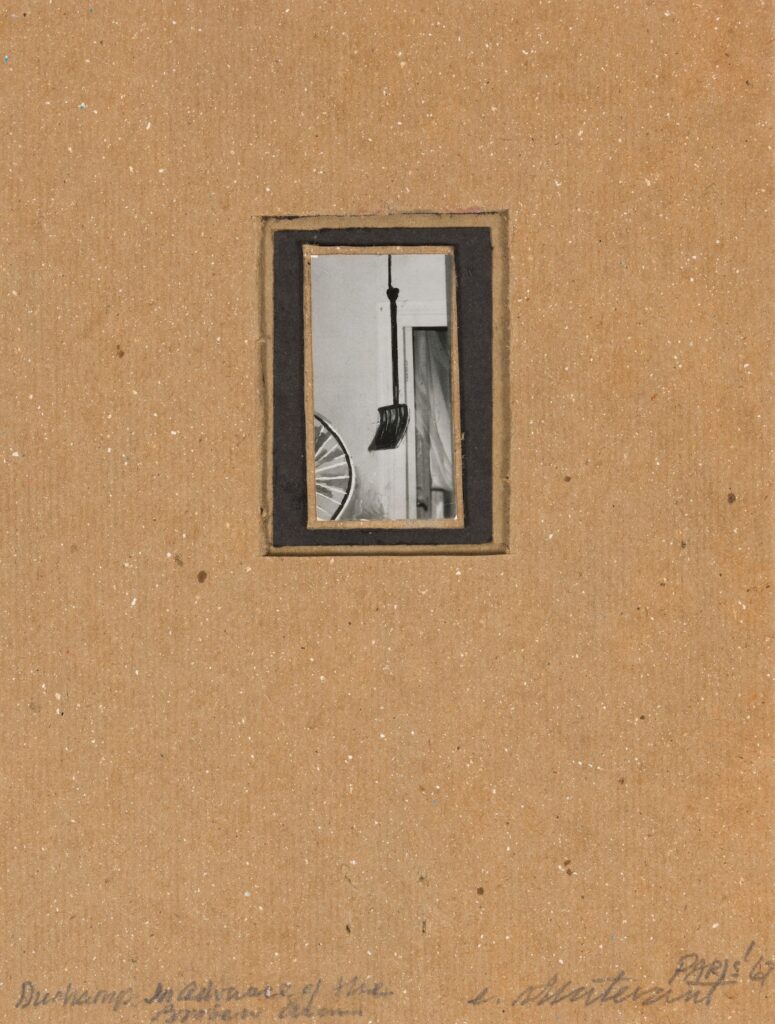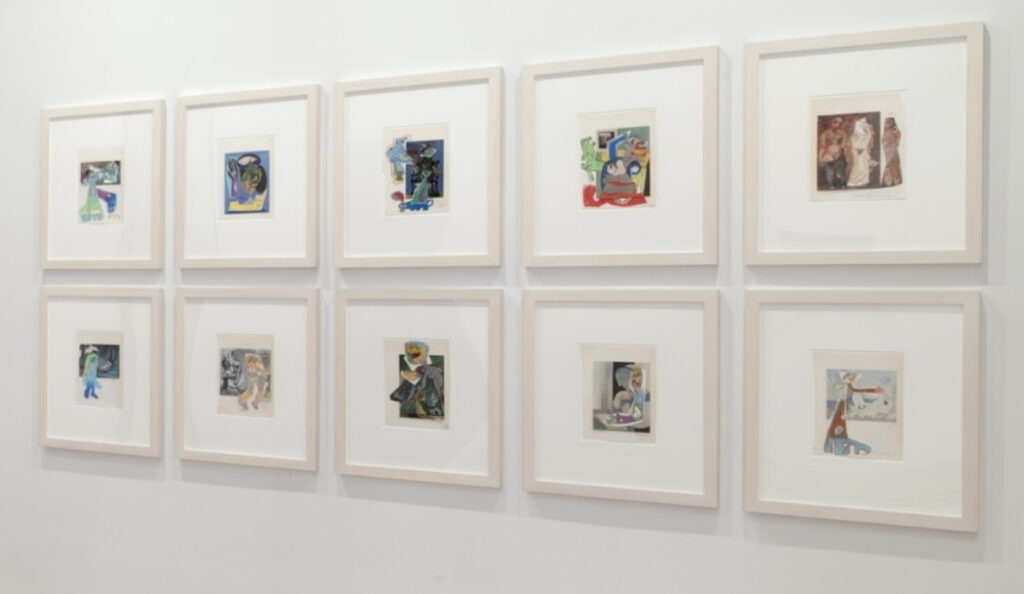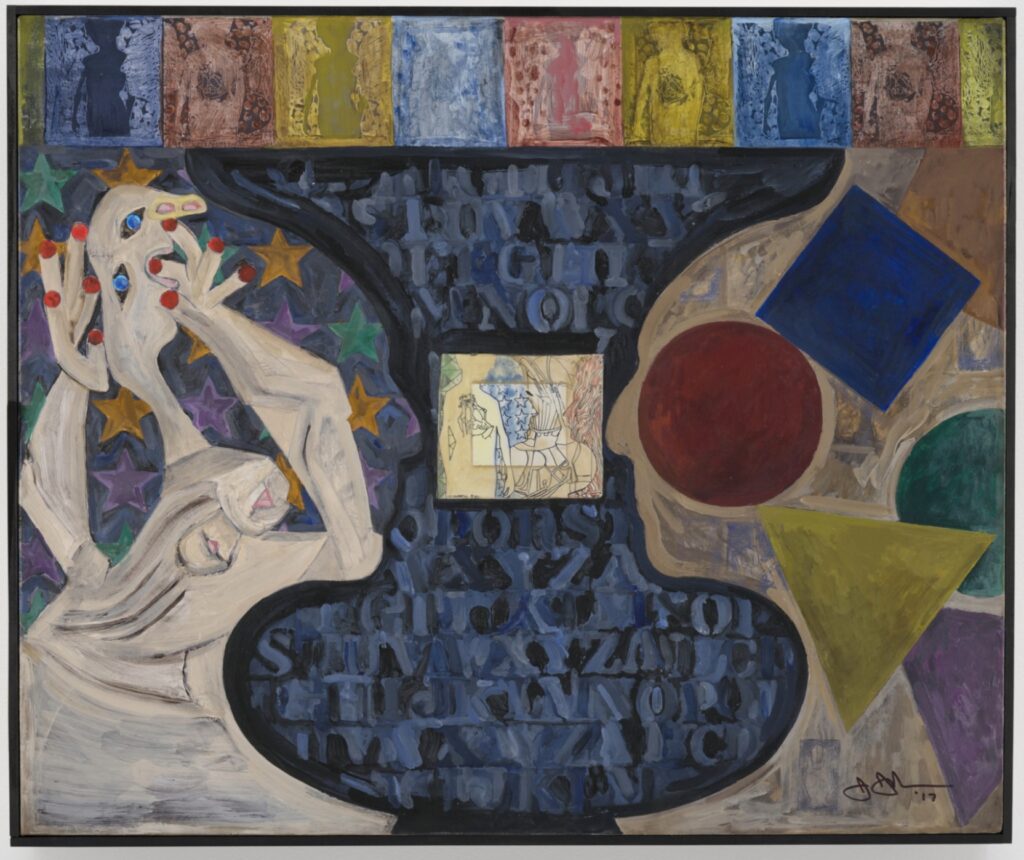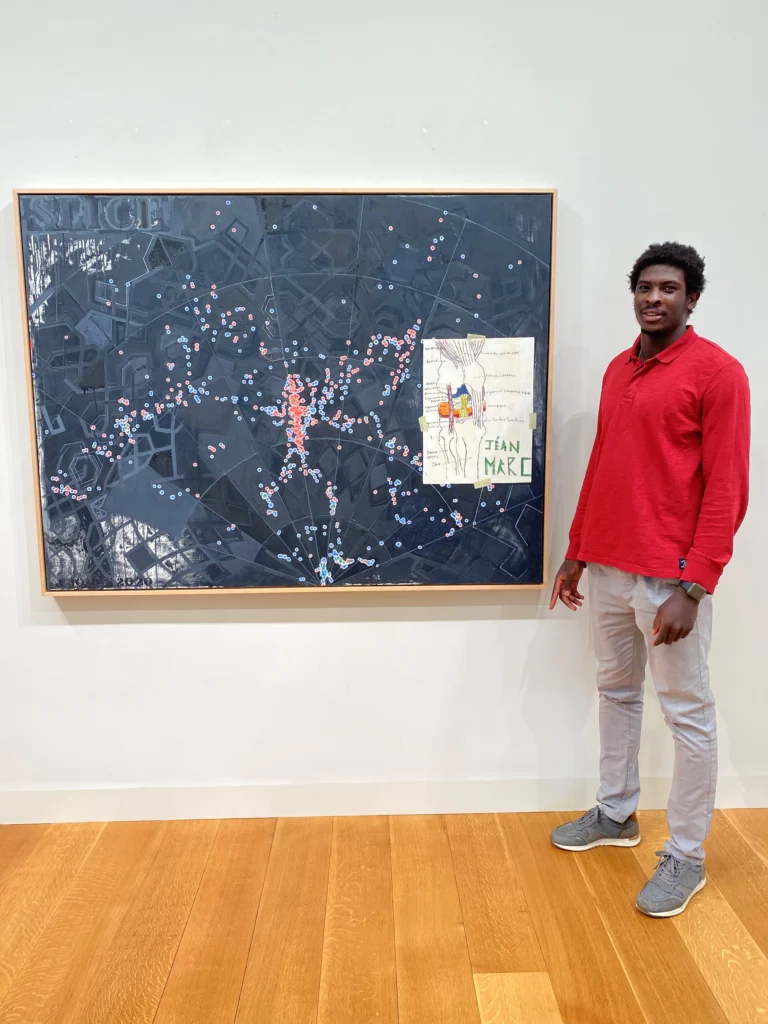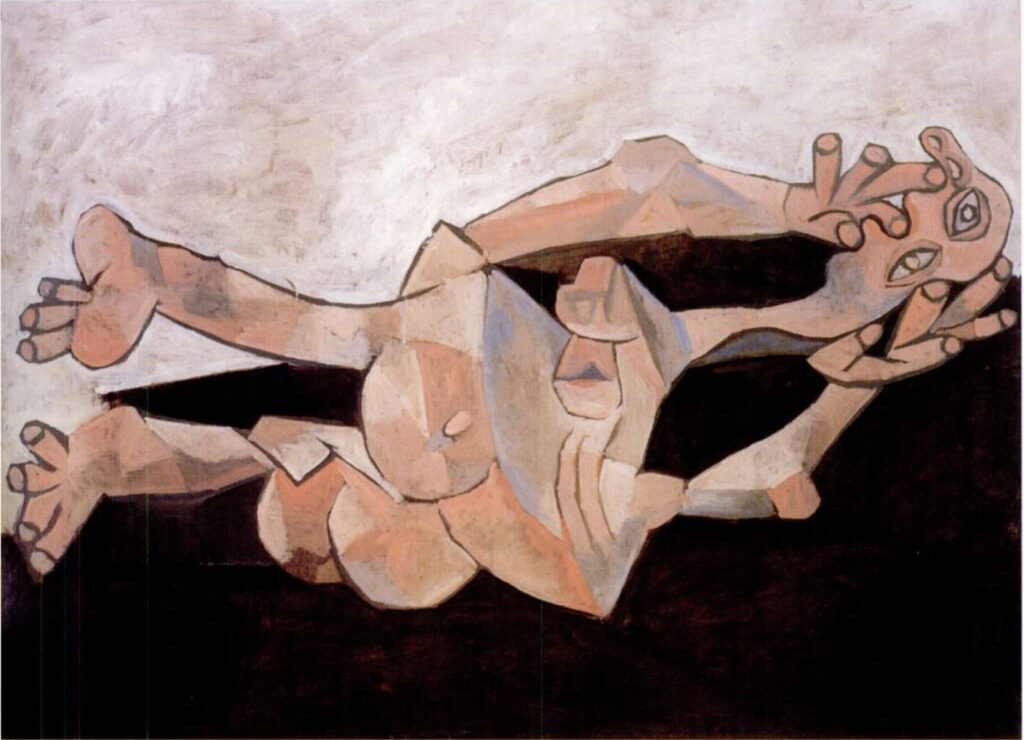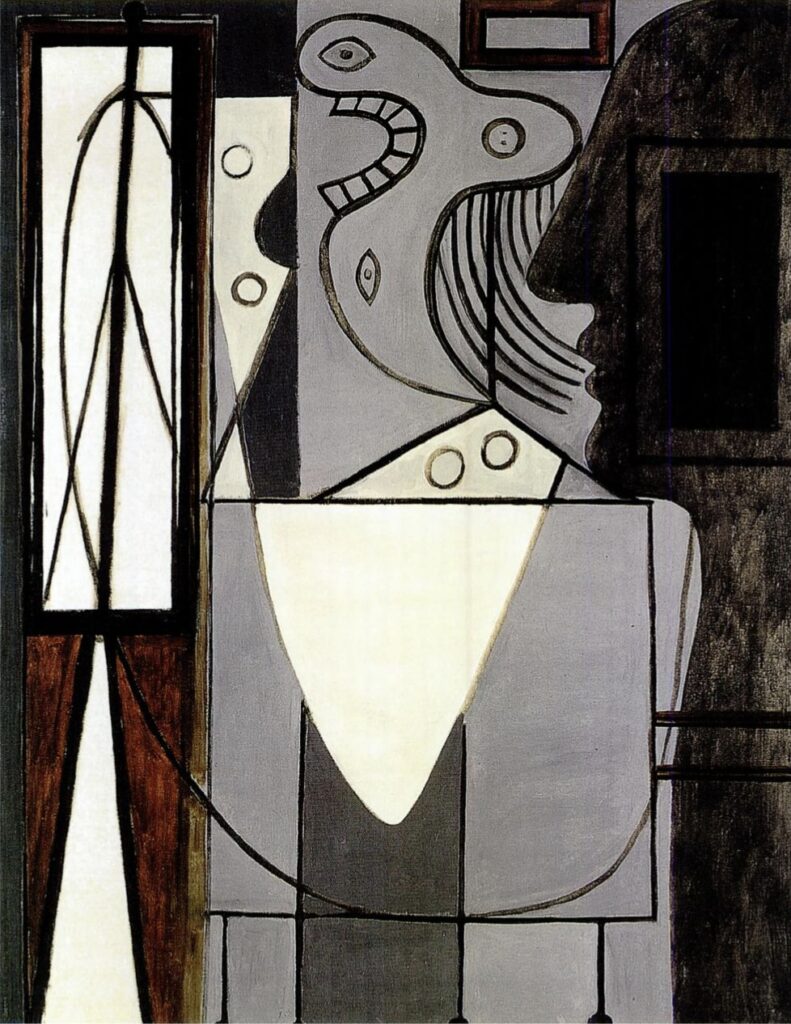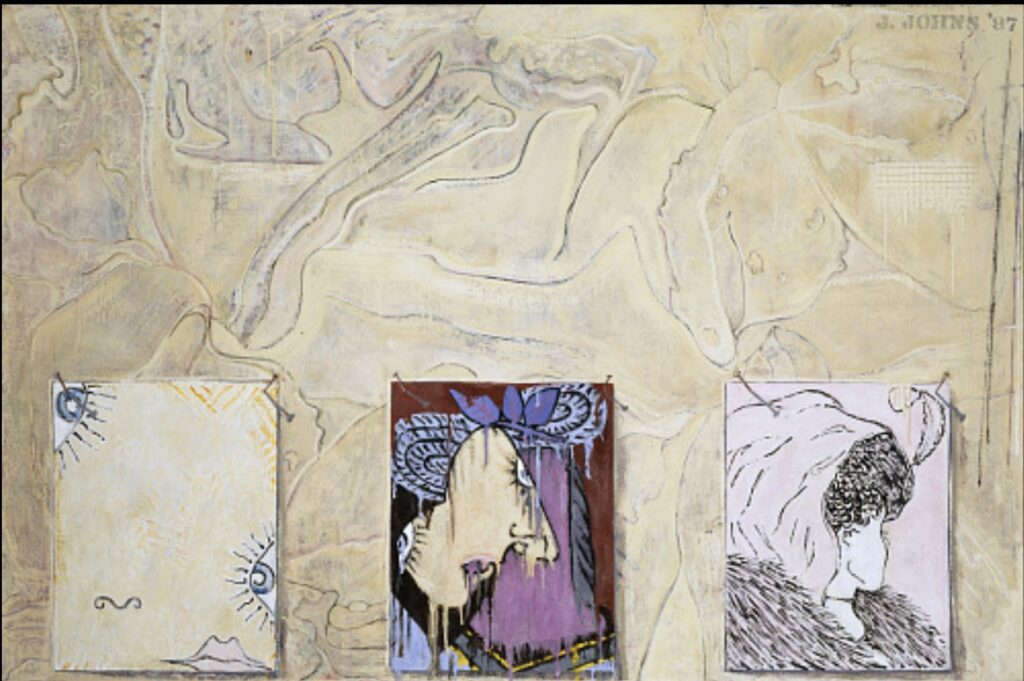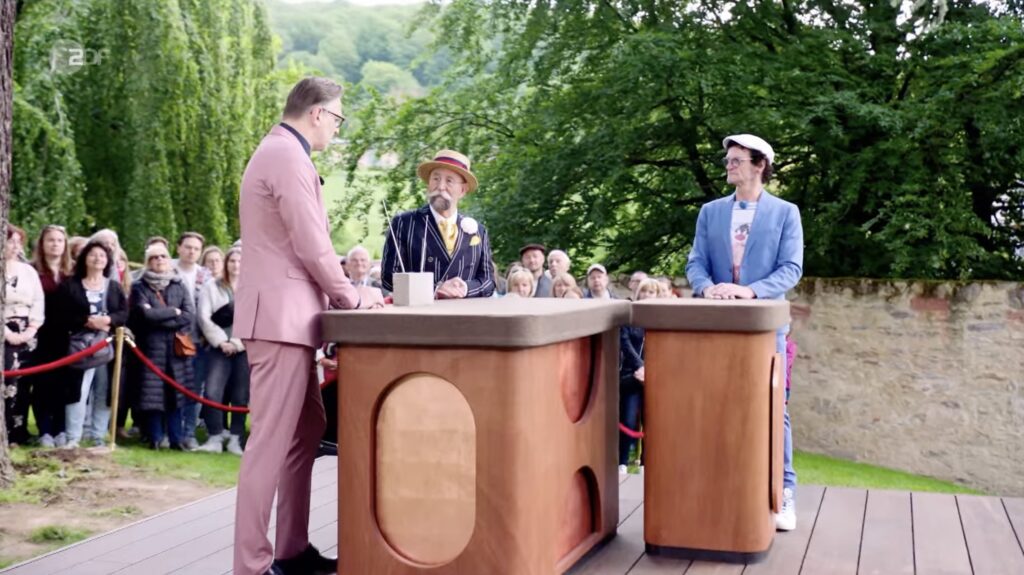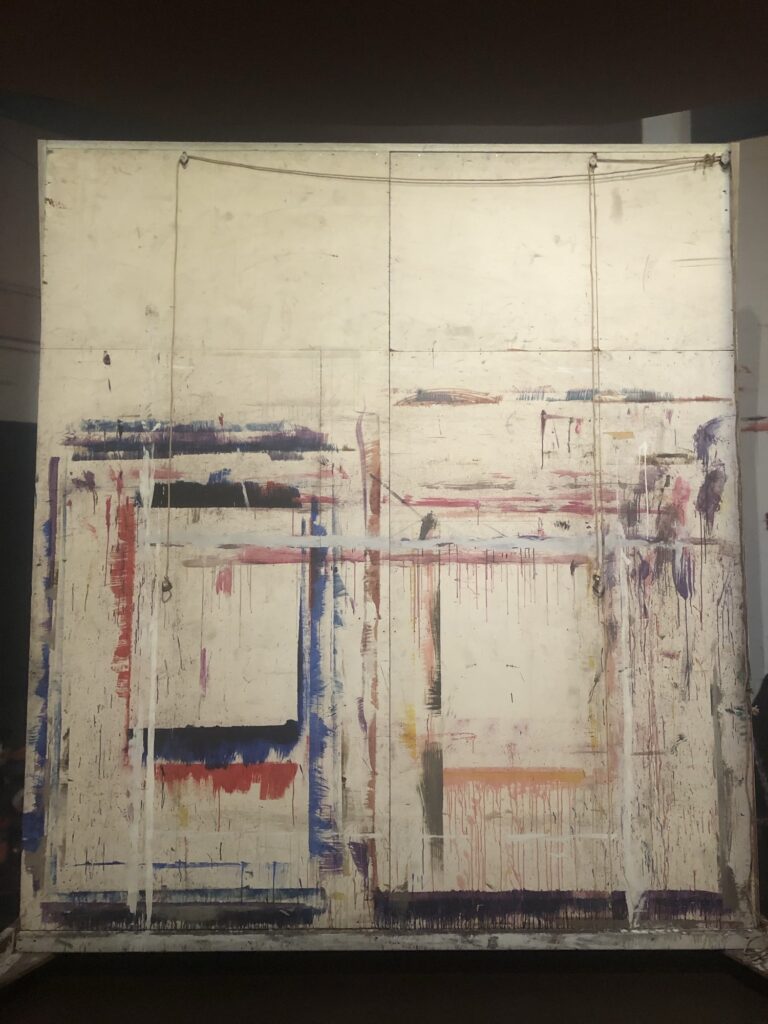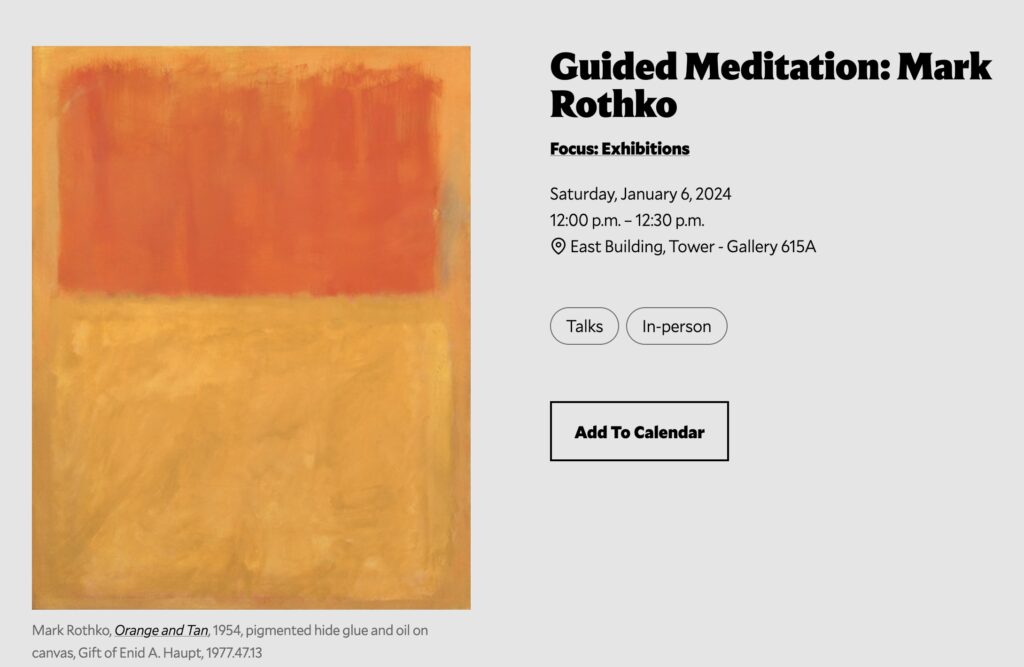
In 2021 Georgian filmmaker Salomé Jashi released Taming The Garden, a documentary about the creation of the Shekvetili Dendrological Park. Bidzina Ivanishvili, a Georgian oligarch-turned-politician who minted his $6 billion fortune in Russia, spent five years collecting over 200 old-growth trees from around the country, which he had transplanted in a park of his own design next to his estate on the Black Sea. The park opened to the public in 2020.

In her film, Jashi follows several trees as they are removed from the village s, farms, and forests where they’ve been for centuries. She records the resignation and loss of the locals, as well as the surreal transport of the uprooted trees along rural roads, and on barges. The filmmaking is quietly powerful, with dramatic images that only reveal the project’s traumas and absurdities and slowly.

A 2022 dispatch from Ivan Nechepurenko in the New York Times, with striking photos by Daro Sulaukari, reports that around half the trees arrived by sea, and half by truck. The entire project cost Ivanishvili “tens of millions” of dollars, which seems like a pittance for what he did and what he got.

Why, in 2005, when Nancy Holt authorized Floating Island, a previously unrealized project of her late husband, Robert Smithson, it cost $250,000 to drive a single barge around lower Manhattan for a week.

I guess I should be more shocked, surprised, dismayed, whatever that Land Art, created in opposition to the collector-pandering commodification of the gallery system, has been so thoroughly subsumed by the billionaire class. But then again, Double Negative was produced and owned by a 3M heiress who donated the first version of Lightning Field, realized on her New Mexico ranch, to the foundation started by the oil heiress which built the permanent version. And which now manages Spiral Jetty. And of course, it was New York’s own oligarch-turned-politician Michael Bloomberg who made Christo & Jeanne Claude’s Gates happen. And the industrialist with the private museum has taken on the care and funding of City. Is Land Art actually about real estate and power? Always was.
“For me, a floating tree was a symbol of power, of desire, of wanting something at any cost,” Ms. Jashi told the NYT. If Land Art can accommodate the Department of Defense’s creations at Dugway Proving Grounds, the cost-be-damned symbolic gestures of a tree-obsessed oligarch should fit right in.


